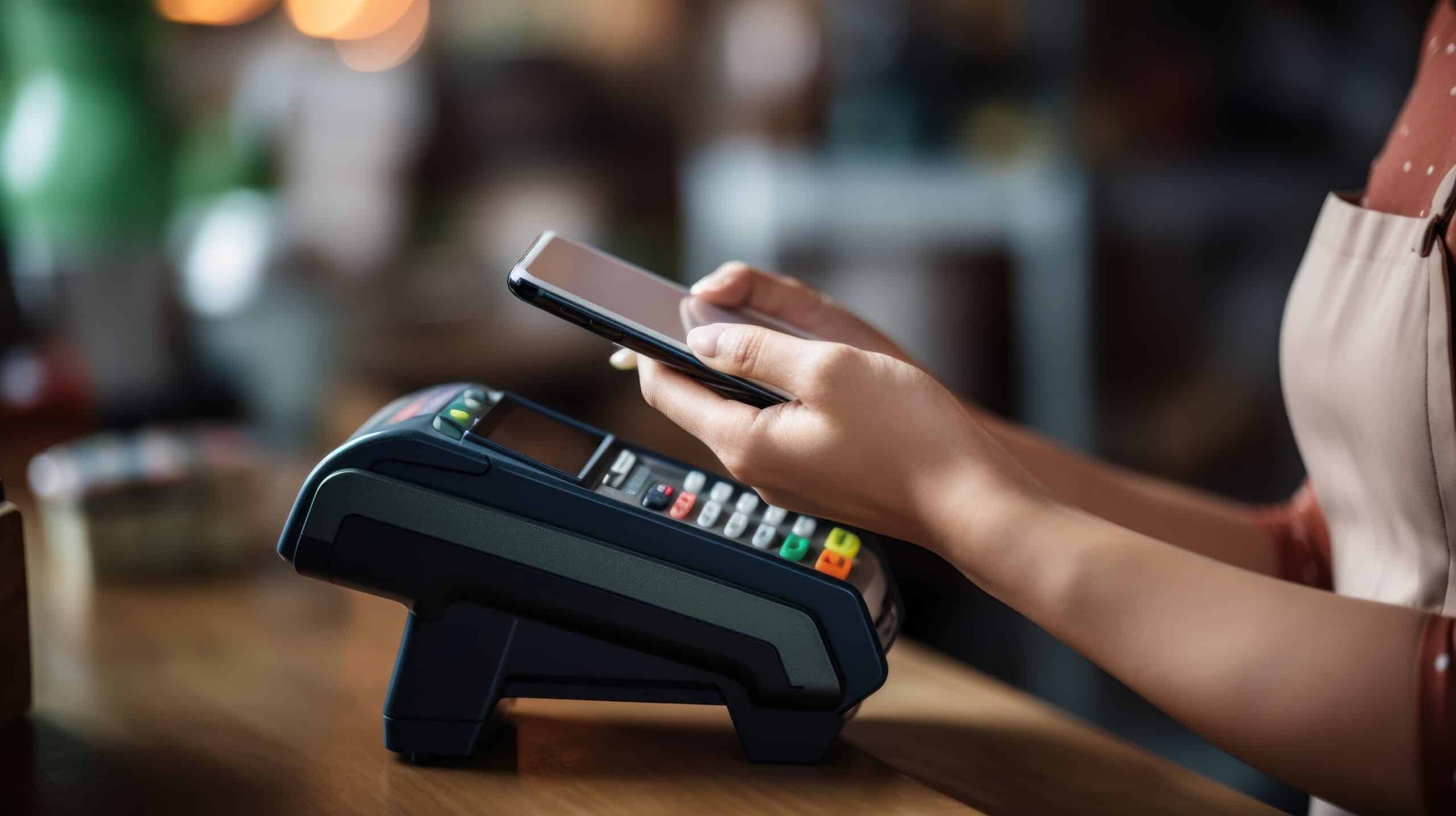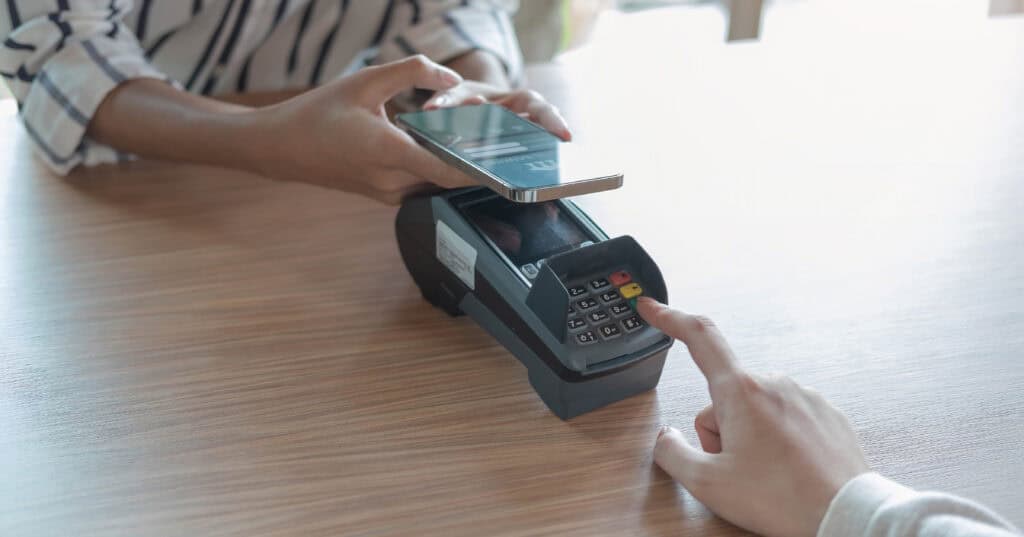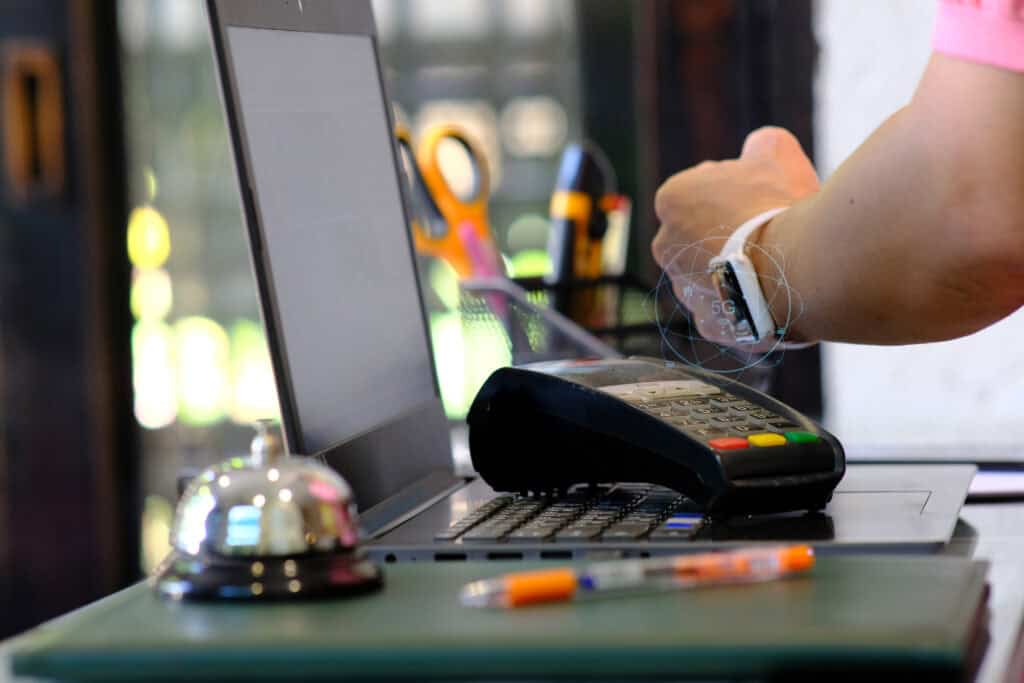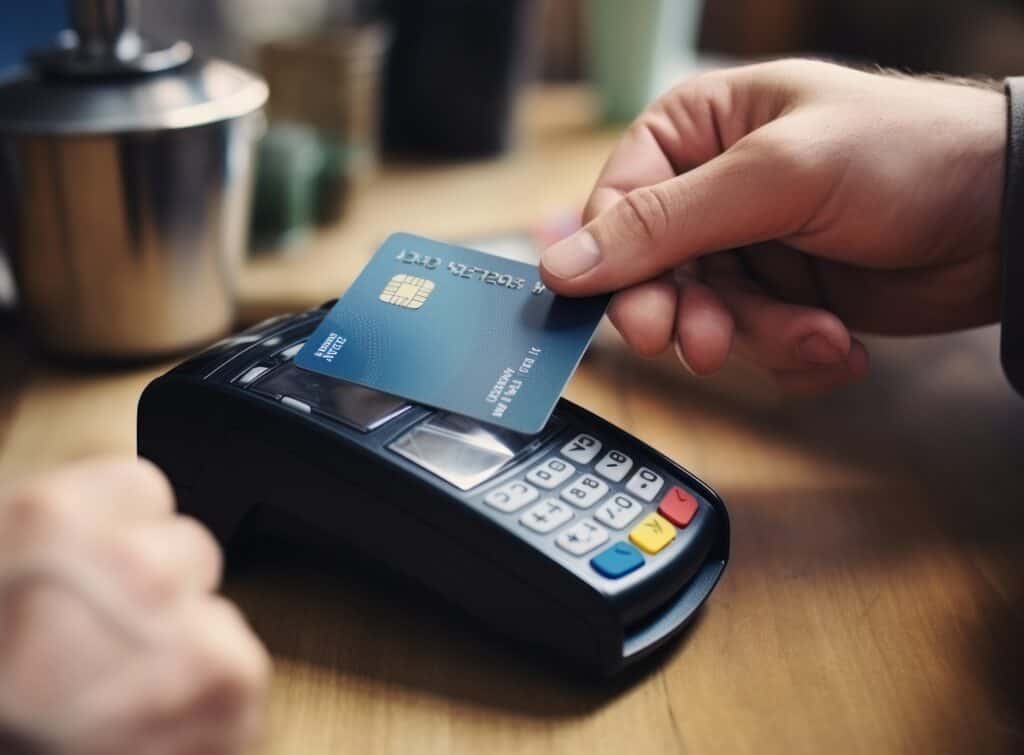
By alphacardprocess July 17, 2025
The transition towards contactless payment methods has brought changes to the way massage industries thrive. EMV chip cards and tap-to-pay are choices which provide the fastest and safest transaction method is a perfect fit for wellness and spas. Digital wallets and mobile payments are the new preferences of customers. Consequently, the use of the old system or payment processors can make the client’s experience not so good and can lead to client loss.
Introducing such modern solutions not only reduces the chances of fraud but also increases customer satisfaction. For the massage practitioners wishing to remain protected, competitive, and people-focused, familiarity with the latest contactless payment trends is of substantial importance. In this blog, we have listed the major trends that everyone in the massage industry should be aware of.
Contactless Payment Trends: Trend #1 – Enhanced Security and Fraud Prevention with EMV Chip Technology
EMV refers to Europay, Mastercard, and Visa, which are the three corporations that were behind the development of the secure payment standard. EMV cards that have the chip are quite different from those that have the magnetic stripe. The chip generates a new transaction code for every use. As a result of the dynamic code, it has become difficult for the criminals to copy someone else’s bank card and then exploit the stolen transaction data every time, which is the case with a static magstripe.
With increase in data breaches and card fraud over the years, EMV technology has become the number one global standard for safe, in-person card transactions.
Key Security Features of EMV
EMV security’s main pillars are the steps it takes to encrypt data and make sure there is dynamic authentication at all times. After a customer’s chip card is tapped or inserted, the EMV chip will use this data to encrypt payment details. Another vital benefit is the significant reduction in counterfeit card fraud. Since the chip cannot be duplicated like a magstripe, fraudsters are less likely to target businesses that use EMV systems. This safeguards not only customer data but also the massage business’s financial reputation.

Impact on the Massage Industry
EMV terminals do more than just make spa operators compliant with payment security standards—it’s a powerful tool for gaining customer trust. This is one of the important contactless payment trends. Customer relationships become stronger and loyal clients get the feeling that the payment details are secure. Fewer disputes mean lower costs and less paperwork, so spare time for business owners to focus on providing an excellent service to your customers.
High-end massage clinics and boutique wellness centers benefit even more. With a reputation for professionalism and luxury, these businesses must offer top-tier security measures. EMV technology not only meets that expectation but helps elevate the entire industry standard.
Contactless Payment Trends: Trend #2 – Ubiquitous Adoption of Contactless Payment Solutions
Contactless payments involve making payments without swiping or inserting a card through the use of wireless technologies. NFC (Near Field Communication)—the most common method, utilized in tap-to-pay cards, and mobile wallets like Apple Pay and Google Pay and QR code scanning allows a customer to scan and pay using their phone. These methods are increasingly growing common.
Compared to usual payment techniques, contactless systems are amazingly quick and easy to use. The process gets completed in seconds and requires neither a PIN entry nor a signature. This is a major booster to the industry in terms of convenience and speed of the transaction. Hence, this is one of the important contactless payment trends changing the entire payment scenario.
Benefits Specific to the Massage Industry
The benefit of contactless payments is that they provide a practical and hygienic way of payment to clients in the massage industry. The fewer surfaces they touch and the less physical contact they have with others, the better the experience for the customer.
Especially in a post-COVID-19 world, reducing shared surfaces and physical contact at the payment stage is crucial. By adopting contactless systems, massage clinics show commitment to both client safety and modern convenience. Touch-free payments reassure health-conscious customers, reduce the risk of germ transmission, and help maintain a sterile environment—essential in wellness-focused businesses.
Consumer Behavior and Market Shifts
The global rise in mobile wallet usage is undeniable. From urban professionals to digital-savvy Gen Z clients, more consumers now prefer using Apple Pay, Google Pay, and other tap-to-pay options for everyday purchases—including wellness services. These behavior shifts are pushing even small massage practices to upgrade their payment infrastructure.
Contactless Payment Trends: Trend #3 – Integration of Payment Systems with Business Management and Appointment Scheduling Software
Massage practices typically handle multiple systems. So this includes different solutions for payments, scheduling and CRM. This division of labor leads to waste, inaccuracies in data input, and the need for inefficient manual steps. Offices have to juggle interfaces, duplicate data entries and match payments to bookings, putting you at risk of no shows, billing errors, and unhappy clients.
Integrating contactless payment solutions directly into business management software offers a streamlined alternative. With a unified system, therapists and front-desk staff can access booking, payment, and customer data in one dashboard, eliminating silos and creating a single source of truth for all client transactions and histories. This is one of the contactless payment trends that you cannot miss on.

The Advantage of a Comprehensive System
All in one place makes real-time reconciliation a breeze. Immediately following a session, clients can make a payment with their touch free payment of choice, with the system updating their records, invoices and receipts all automatically. No manual tracking, and no number-crunching at the end of the day.
It enables more accurate scheduling of integrated platforms too. Everything is integrated in real-time, so last-minute cancellations or bookings are shown immediately across all calendars, payment records, and client notifications. This decreases no-shows and optimizes therapist time.
Unified systems also offer real-time reporting from a reporting perspective as well. Business owners can keep an eye on revenue, and monitor customer actions and booking trends, all in one collection of management tools. Moreover, the customer experience is enhanced with smooth data flow. When clients book, pay and get confirmation for their service all through one system it feels seamless and professional.
Integration in the end improves both back-end productivity front-end experiences, leaving massage businesses ready for ongoing success and a whole lot of easy.
Contactless Payment Trends: Trend #4 – Data-Driven Payment Insights and Customer Engagement Strategies
There are dramatic changes in the way massage businesses take money as mobile wallets like Apple Pay, Google Pay and Samsung Pay are becoming more widely used. These encrypted card details are stored in ‘digital wallets’ that allows for convenient, contactless payments via smartphone or smartwatch. Consumers and in particular the Gen Z are abandoning cards for mobile-first experiences.
Being one of the emerging contactless payment trends, massage businesses are going to need to adjust. Customers today expect to be able to pay with their phones, no more searching for cash or cards. With contactless payment trends on the rise, mobile wallets are quickly becoming the first choice, even for smaller wellness clinics.
Digital Innovations Beyond the Wallet
Payment technology isn’t just going mobile, it’s getting smarter. In-app tipping, digital receipts, installment payment options, and saved customer preferences are now offered by many platforms. These advances result in a more seamless, tailored checkout.

For massage therapists, this translates to simplify payments and focus on client-care. In-app tipping, for example, streamlines the process for customers to express appreciation, minus the cumbersome management of paper currency. Saved payment methods enable return guests to pay with a tap inspiring repeat visits and loyalty.
Competitive Advantage of the Massage Field
A step ahead in digital trends can give massage businesses a considerable advantage. When utilizing mobile wallet compatibility and the latest payment technology, such a brand is seen as modern, client oriented and technologically savvy.
Contactless Payment Trends: Trend #5 – Data-Driven Payment Insights and Customer Engagement Strategies
Modern contactless payment systems do more than process transactions—they generate rich data. Every tap or mobile payment reveals patterns in customer behavior, peak booking times, average spend per visit, and preferred services. When massage businesses analyze this data, they gain valuable insights into client preferences and operational performance.
By tracking payment trends, spa owners can identify top-performing services, segment clients by visit frequency, and forecast revenue more accurately. This level of visibility is essential for informed decision-making and business planning.
Personalized Customer Engagement
Payment data can also power targeted marketing and engagement strategies. For instance, if data shows a client regularly books a 60-minute Swedish massage every six weeks, businesses can automate reminders or offer personalized promotions for loyalty rewards. This kind of proactive engagement keeps clients coming back.
Additionally, integrating payment history with CRM systems enables businesses to send birthday discounts, anniversary offers, or post-visit follow-ups—creating a more personal and memorable client journey.

Improving Business Strategy and Retention
Using data-driven strategies, massage businesses can refine pricing, adjust staffing during busy hours, and optimize service offerings. Understanding what clients value most helps tailor packages and promotions that align with their needs. This is one of the important contactless payment trends to consider.
Retention improves when clients feel seen and understood. Data-backed engagement—made possible through integrated, contactless payment systems—transforms occasional visitors into loyal, long-term clients. It also enables massage businesses to track and reduce churn by flagging lapsed clients for re-engagement campaigns.
Conclusion
The massage industry is no longer just about relaxation—it’s also about convenience, safety, and innovation. From EMV chip technology to mobile wallets and integrated business systems, modern payment solutions are enhancing both customer trust and operational efficiency. By embracing these contactless payment trends, massage therapists can reduce fraud, streamline scheduling, improve client satisfaction, and drive long-term loyalty.
Staying ahead in this competitive space requires more than great service—it demands smart technology choices. Now is the time to upgrade your payment system and align with what today’s clients expect: fast, secure, and seamless experiences from start to finish.
Frequently Asked Questions
1. What are EMV payments and why are they important for massage businesses?
EMV payments use chip-enabled cards that generate a unique transaction code, reducing fraud and increasing security for in-person transactions in massage clinics.
2. How do contactless payments benefit massage therapy clients?
They offer quick, hygienic, and touch-free transactions, which improve convenience and reduce the risk of germ transmission—important in wellness settings.
3. Can I integrate contactless payments with my appointment booking system?
Yes, many platforms allow integration with booking, CRM, and invoicing tools, helping massage businesses streamline operations and reduce manual tasks.
4. Are mobile wallets like Apple Pay and Google Pay safe to use?
Absolutely. These wallets use encryption and biometric security, making them one of the safest ways to pay in-person and online.
5. How can payment data help improve customer retention?
Analyzing contactless payment trends helps identify loyal clients, peak service times, and preferences—allowing you to personalize offers, send reminders, and re-engage inactive clients effectively.